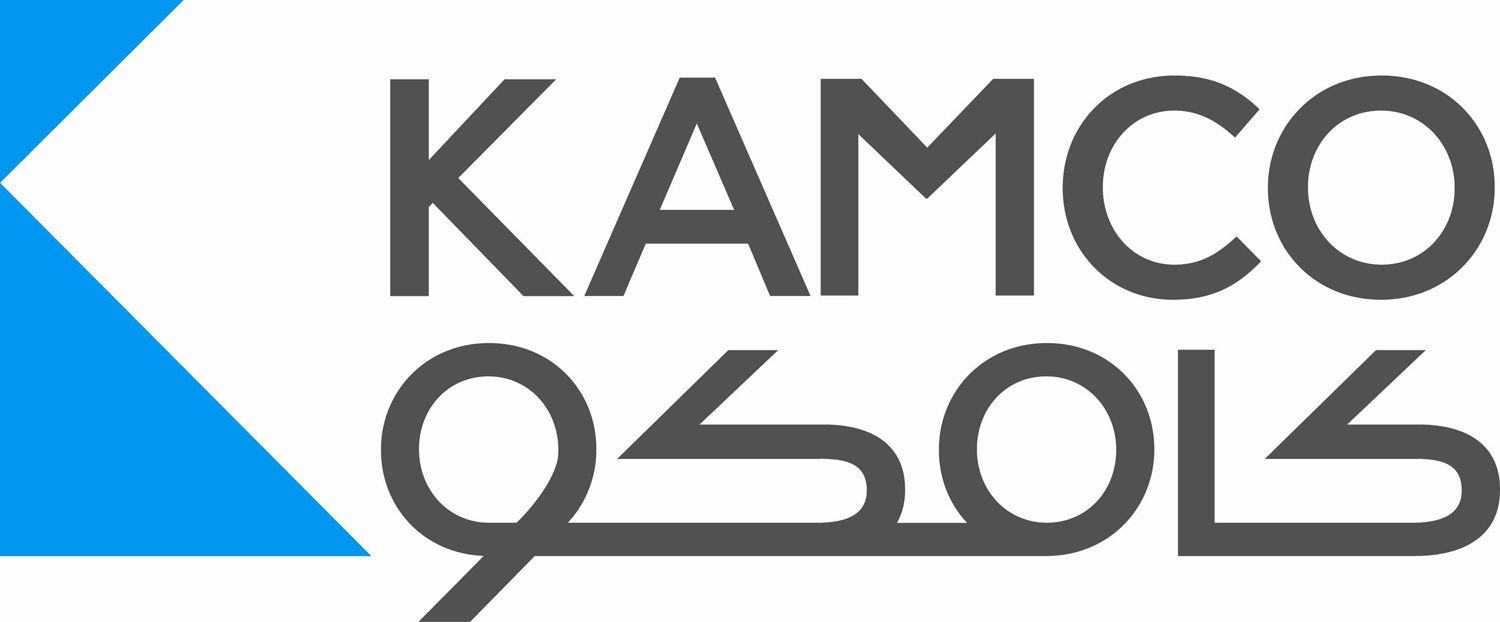LOC18:01
15:01 GMT
 KAMCO
KAMCO
KUWAIT, Sept 20 (KUNA) -- After recording an estimated USD 119 Bn of budget deficits in 2015, mainly due to lower oil revenues, GCC budget deficits are forecasted to come in at over USD 153 billion in 2016, according to a report by KAMCO.
Lower oil receipts and spending gaps would also mean that Saudi Arabia would incur large budgetary gaps, and is expected to contribute to about 55% of the budget deficits of the region in 2016, it said.
Budget deficits are likely to stay over the near future, as deficits of over USD 100 billion of deficits are expected each year until 2021. Current account balance for the GCC is also expected to worsen in 2016, as the overall current account deficit (CAD) is expected to reach 6.6% of GDP, it said.
KAMCO Research now expects recalibration of growth initiatives in the region to spillover to 2017, it added.
Despite the drop in oil prices, Kuwait's real GDP is expected to grow by 2.4% y-o-y in 2016 as per latest IMF estimates, driven by higher oil production in 2016 (2.91 mb/d) as against 2015 (2.86 mb/d), which should in turn lead to an oil GDP growth of 2.0% for the current year, the report showed.
Non-oil GDP growth is expected to remain stable at 3% y-o-y, despite current spending being curtailed to adjust to a lower oil price environment, as key projects would be prioritized, it added.
Total government revenues for Kuwait plunged by 39% y-o-y to KWD 15.1 Bn during 2015/16 as compared to KWD 24.9 Bn during 2014/15. The drop was in large part attributed to the fall in oil revenues, which more than halved y-o-y (-52%), to KD 10.8 Bn. Non-oil revenues however improved by 79% y-o-y during the same period to KWD 4.3 Bn.
On the other hand, expenditure went down by 12% y-o-y for the aforementioned period to KWD 18.9 Bn, despite capital expenditure growing y-o-y by 4% to reach KD 1.9 Bn. Government finances swung into the negative over 2015/16 from a surplus in the year prior, as a deficit of over 25% of total revenues was recorded over the period.
Credit facilities extended by Kuwaiti banks by the end of Q1-16 increased by 1.4% q-o-q to KWD 33.7 Bn. On a y-o-y basis however, credit extended improved by 8.4%, driven by the growth in Personal facilities, which grew by 12.5% over the period and accounted for over 42% of the credit disbursed by Mar-16, it added.
Credit to the real estate sector however declined on a y-o-y basis, as credit disbursed by the sector went down by 0.1%, while the construction sector witnessed a 2.4% growth in credit disbursed. Kuwait's broad measure of money supply (M2) jumped by 5.9% q-o-q to KWD 36.4 Bn in Q1-16. After recording a decline in Q4-15, quasi money and sight deposits improved sequentially in Q1-16, it noted.
Saudi Arabia released GDP estimates of SAR 565.9 Bn for the first quarter of 2016, a decline of 11.5% y-o-y as compared to Q1-15. Non -oil GDP is estimated to have declined by 5.0% y-o-y over the same period to reach SAR 444.3 Bn, as the non-oil Government sector plunged by 15.7% y-o-y, while the non-oil private sector grew by 0.5% over the period.
On the other hand, the oil sector is estimated to have declined by over 29% during Q1-16 to reach SAR 118.6 Bn from SAR 166.9 Bn in Q1-15.
UAE is estimated to realize a slower annual growth of 2.3% in 2016, as against 3.8% clocked in 2015, as per the Central Bank of UAE based on their economic composite indicator (ECI) results. The estimate is lower than Apr-16 projection of 2.8%, driven mainly by the continued fiscal consolidation and the slowdown of the main UAE trading partners. Non-oil GDP growth is projected to slow down to 2.7% in 2016, while oil GDP growth is forecast to increase by 1.4% in 2016, driven by the projected increase in oil production.
Qatarآ’s Q1-16 GDP receded by 9.0% q-o-q, as oil & gas related sectors went down by 24% over the same period. On a y-o-y basis, Q1-16 GDP was down over 14.5%, while oil & gas related sectors went down by 41% over the same period. The non-oil sector however grew on a y-o-y basis by 4.5% but went down q-o-q by -1%, as the private sector grew by 0.1% on a y-o-y basis and declined by - 2% on a q-o-q basis. Non-oil Government sector GDP improved by 2% q-o-q in Q1-16.
Bahrain's GDP receded by 0.85% q-o-q in Q1-16 and reached BHD 2.9 Bn by the end of the period. The decline was largely ascribed to the 9.9% decline in oil sector GDP q-o-q, which constituted 9% of the overall GDP of the country for the quarter, as per Central Bank of Bahrain, it added.
The oil sector GDP declined by 28% y-o-y from Q1-15, owing to the lower oil price environment, the report said.
Oman continued to report quarterly fiscal deficits through 2016, as the deficit reported was OMR 1.86 Bn in Q2-16 as compared to a deficit of OMR 1.64 Bn during Q1-16. Government's total revenues improved during the quarter to stand at OMR 1.7 Bn, but dropped by 22% on a y-o-y basis, the report said, the report concluded. (end)
fnk.tab.mt